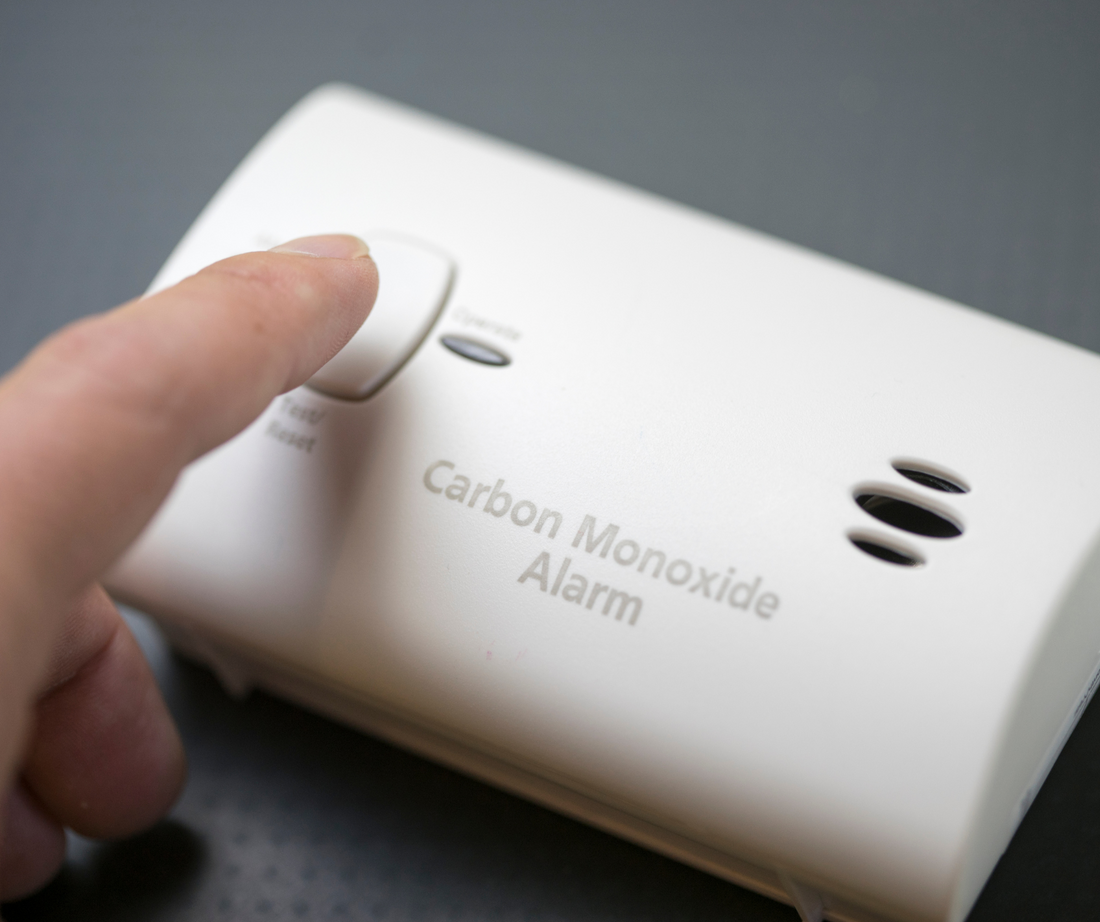
The Silent Killer: How to Detect and Treat Carbon Monoxide Poisoning
Share
When you’re out in the wild—whether it’s a weekend camping trip, a backcountry expedition, or a cozy cabin retreat—there’s a hidden danger that doesn’t announce itself with smoke, flames, or noise. Carbon monoxide (CO) poisoning is a silent killer, invisible to the senses yet capable of turning a peaceful outdoor escape into a life-or-death emergency. Understanding how to detect and treat it could be the difference between a great story and a tragedy. Here’s what you need to know to stay safe and act fast.
🚨 The Invisible Threat
Carbon monoxide is a colorless, odorless, tasteless gas produced by incomplete combustion of fuels like wood, propane, gasoline, or charcoal. In outdoor settings, it can build up quickly and quietly, especially in enclosed or poorly ventilated spaces. What makes CO so dangerous is how it displaces oxygen in your bloodstream, starving your body—and brain—of what it needs to survive. Without warning, it can leave you disoriented, unconscious, or worse.
⚠️ Spotting the Signs
The early symptoms of carbon monoxide poisoning are sneaky. They often feel like something else—a hangover, dehydration, or altitude sickness—which is why awareness is your first line of defense. Look out for:
- Headache: A dull, persistent throb.
- Dizziness: Feeling unsteady or lightheaded.
- Nausea: That queasy, unsettled stomach.
- Weakness: Limbs that suddenly feel heavy or uncooperative.
If exposure continues, the stakes get higher. Confusion sets in, making it hard to think straight or recognize the danger. Chest pain, shortness of breath, and even unconsciousness can follow. In the wilderness, where help might be hours away, these red flags demand immediate action.
💨 Common Outdoor Sources of CO
CO doesn’t need a big setup to become a problem. Common outdoor culprits include:
- Camp stoves or heaters: Especially if used in tents, cabins, or other confined areas without proper airflow.
- Smoldering fires: A campfire that’s dying down in an enclosed space can release CO as it burns inefficiently.
- Gas generators: Running one too close to your tent or sleeping area is a recipe for disaster.
Even a small oversight—like forgetting to crack a window or misjudging wind direction—can let CO accumulate to lethal levels.
⛑️ Treatment: Act FAST!
If you suspect carbon monoxide poisoning, every second counts. Here’s how to respond like an emergency medicine pro:
- Get to Fresh Air: Move the affected person (and yourself) out of the exposure zone immediately. Open doors, windows, or drag them outside if needed.
- Call for Help: Dial emergency services if you’re near civilization, or activate your backcountry rescue plan (like a satellite communicator). Don’t hesitate.
- Administer Oxygen: If you carry a portable oxygen kit—highly recommended for remote adventurers—use it. High-flow oxygen can reverse CO’s grip on the bloodstream.
- Monitor Closely: Watch for worsening signs like confusion, unconsciousness, or breathing trouble. Be ready to perform CPR if breathing stops.
Time is critical. The longer someone breathes CO, the harder it is to recover without medical intervention like a hyperbaric chamber, which isn’t an option in the wild.
In remote settings, carry equipment like CO detectors or personal oxygen kits, and always prioritize ventilation when using fuel-burning equipment. Prevention is key!
✅ Prevention: Your Best Defense
The good news? CO poisoning is preventable with a little prep and awareness:
- Ventilation is Non-Negotiable: Always use fuel-burning gear in well-ventilated areas. Crack a window, keep tent flaps open, or cook outside.
- Carry a CO Detector: Lightweight, battery-powered detectors designed for camping can alert you before symptoms even start.
- Pack Oxygen: A compact oxygen kit isn’t just for high altitudes—it’s a CO lifesaver.
- Know Your Gear: Double-check that stoves, heaters, and generators are in good working order and placed safely away from sleeping areas.
Carbon monoxide doesn’t care how experienced you are—it’s an equal-opportunity threat. But with the right skills and tools, you can outsmart it. At PrepEM Wild, we’re here to arm you with the know-how to handle emergencies like a pro, from CO poisoning to beyond. Subscribe and follow us on social media for more life-saving tips, and share this article with your crew. In the wilderness, quick action and preparation aren’t just skills—they’re your lifeline. Stay safe out there!


